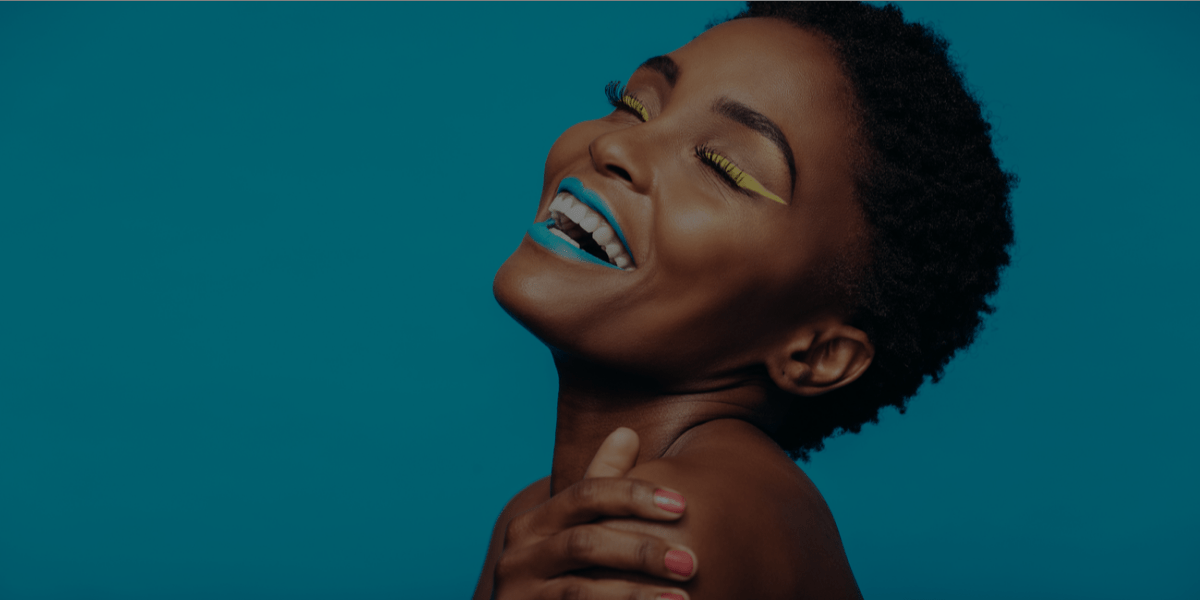As a makeup artist, you are well-versed in both classic looks and new makeup trends. Clients will place their trust in you when trying a new product or technique for the first time! Because of this, your makeup portfolio needs a few specific looks to demonstrate your skill-set and give your clients a seriously good first impression of your services!
We’ve compiled a list of 5 looks every makeup artist should have in their portfolio, from natural makeup to editorial. Now read on and make sure you showcase your best work!
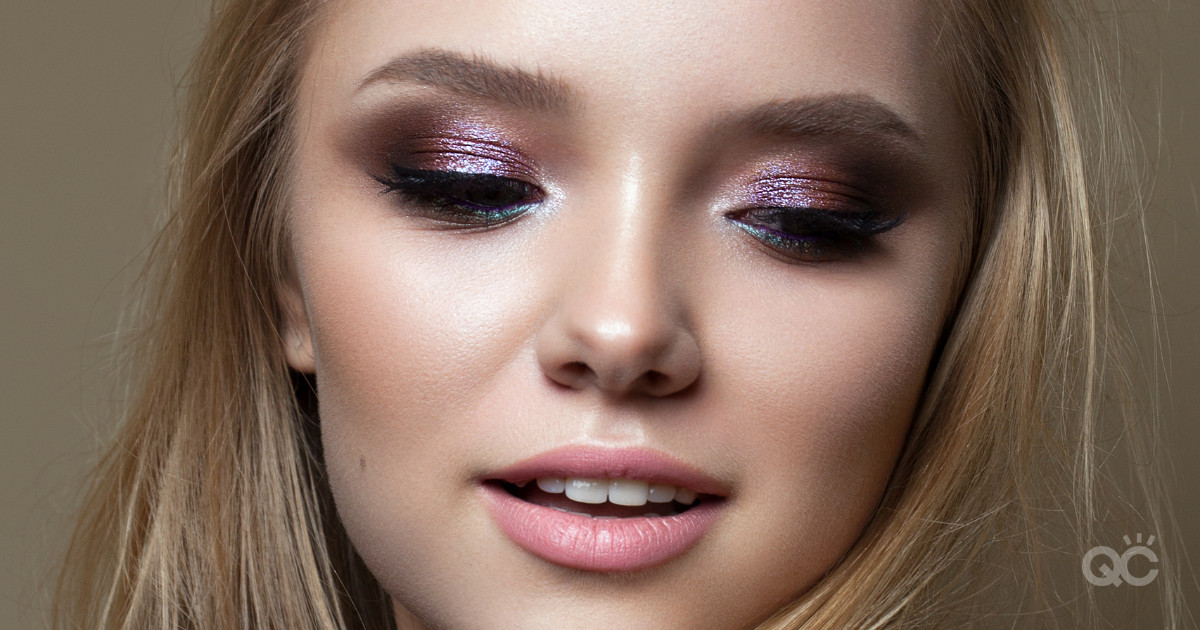
1. The smoky eye
We’re starting with one of the most common, and most challenging, looks out there. You can be sure that each client you work on will be familiar with the smoky eye (and the glamorous feeling that come with it). After all, it’s a technique sported by celebrities on a regular basis! The great thing about a smoky eye – besides the fact that it’s absolutely stunning when created properly – is that there’s more than one way to create it.
You certainly don’t need to stick to gray when it comes to your client’s look – smoky eye makeup can be achieved using plums, browns, or blues. Since this is a dramatic makeup look, it’s best to keep the rest of the client’s face more muted, and let their eyes be the focal point. Keep this look in your portfolio (even better, keep variances of this look too), and you’ll have clients lining up for your studio!
2. A natural makeup look
During your career as a makeup artist, you’ll quickly discover that no two clients are alike. However, all clients want to know that their makeup artist can apply makeup that looks as though they’re not wearing anything at all!
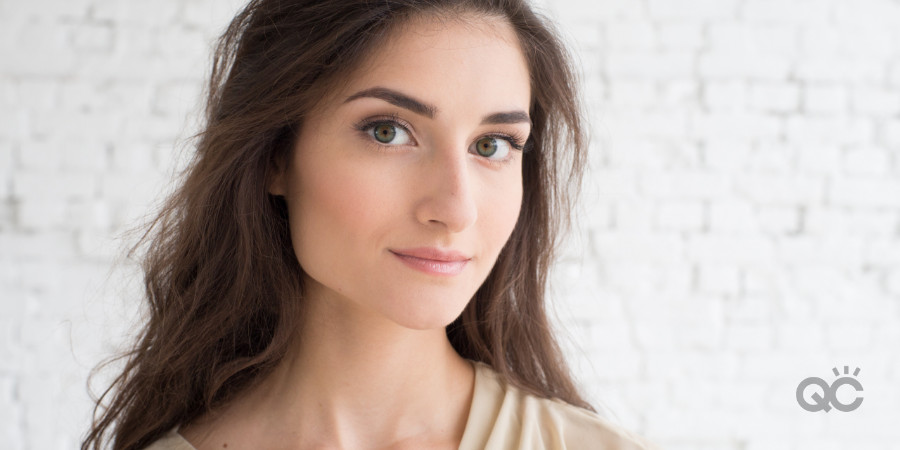
While natural makeup may sound simple, it’s anything but! There is a good deal of skill required to allow natural beauty to shine through a full-face of makeup. It begins with an understanding of how to cleanse the skin, apply foundation, and correct imperfections – all of which are learned in makeup artistry courses.
Professional makeup training is an excellent way to build your portfolio (and your skill-set!), as you’ll be completing hands-on assignments that you can snap photos of and use as part of your showcase.
The basics to keep in mind when creating a natural makeup look are to create a good base by using a sponge to apply foundation, hide imperfections with concealer, and stick to matte powder and eyeshadow to complete the look. Ultimately, you want to enhance your clients’ beauty in the most organic way possible. Adding this skill into your portfolio will convince potential clients of your ability to bring out their natural beauty – which is a huge selling point for certified makeup artists!
3. Bridal makeup
While wedding makeup is a pretty specific look, it will undoubtedly appeal to a large group of clients in your portfolio. We recommend customizing your portfolio as much as possible, which means having separate sections for bridal, editorial, and theater makeup (you never know what your clients will be looking for!). Having a classic bridal look in your portfolio as you begin your career is always a smart choice.
Knowing your way around an airbrush machine and understanding how to use primer and foundation are extremely valuable skills. You may find that while creating a smoky eye look for a client, they’ll mention a newly engaged friend in the market for a bridal makeup artist. This is a fantastic opportunity to gain new clients, as word-of-mouth can travel quickly when it comes to the makeup industry.
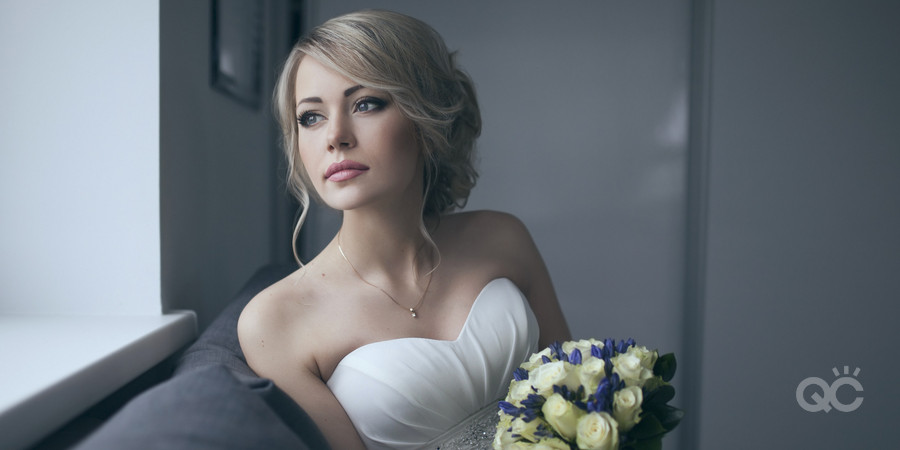
Being able to create bridal makeup looks on top of your other services is a huge leg up on the competition. So, be sure to include looks that feature light eyeshadow, pearly pink lips, and flawless skin in your makeup portfolio to target more wedding clientele!
4. An editorial look
All makeup artistry portfolios can benefit greatly from at least one editorial look! We’re talking about creative makeup that is meant for publication, either in magazine spreads or on runway – sounds exciting, doesn’t it?
Editorial makeup, like all the looks featured in your portfolio, will require you to sell a particular look, or product – so you’ll need to focus on one or two elements (for example, eyes and lips). A major element of editorial makeup is the ability to listen to a client, brand, photographer, or art director, and build a look for them. By including an editorial look in your makeup portfolio, you’re showing potential clients that you can follow instructions and are willing to get creative!
You’re likely thinking that it won’t be possible to create an editorial look without holding a professional photo shoot. While this is mostly true, participating in a styled shoot as a makeup artist is very doable – you can even organize one yourself!
Check out our full guide to taking part in a styled shoot here, and know that you’ll not only have the chance to network with photographers, hair stylists, and other makeup artists, but you’ll end up with professional, portfolio-ready photos afterwards. It’s a fabulous step forward!
5. Focused applications
In addition to the four makeup looks mentioned above, it’s important to have specific examples of eyes, lips, and entire faces in your portfolio. Clients will be impressed by your range of skills, and including photos of models with uniquely colorful lips and precise cat-eyes is a great way to illustrate what you can do.
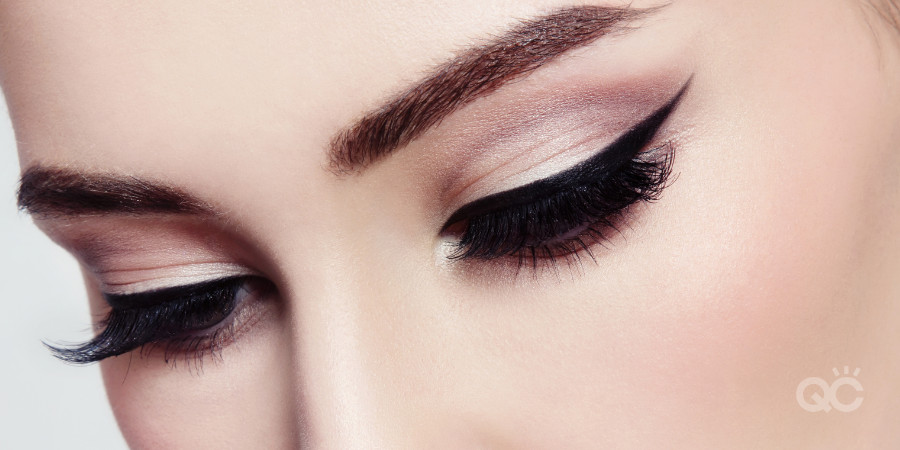
Keep in mind that taking high-quality, professional photos of your work is absolutely vital. Your customers will need to see your attention to detail and flawless finishes at a glance.
As a rule of thumb, keep two close-up photos of eyes, two of lips, and two of finished faces to show your range of technique. Don’t forget to include a variety of different models! This demonstrates that you can master looks for any skin tone or type (and that people love working with you!).
